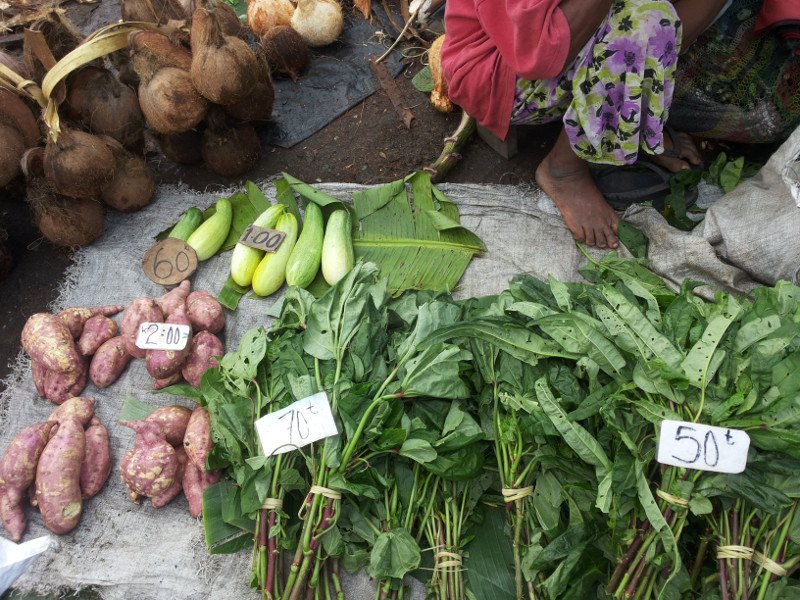DIY Solar Water Heater
a DIY system for the lowland tropics...and places a bit cooler
 The "re-done" solar hot water system. The original system was put together many years ago using some broken panels and an old tank from a different supplier. It all worked well, better and longer than expected, but the tank finally gave way. Preferring a DIY solution, we looked around for possible alternative tanks. Surplus 200L plastic and steel drums from local food processors seemed the best solution.
The "re-done" solar hot water system. The original system was put together many years ago using some broken panels and an old tank from a different supplier. It all worked well, better and longer than expected, but the tank finally gave way. Preferring a DIY solution, we looked around for possible alternative tanks. Surplus 200L plastic and steel drums from local food processors seemed the best solution.
This meant a change from the commercial static "sealed/pressurised" tank to an open tank supply. ( A sealed tank requires a pressure release valve) The most efficient approach was to use the tank as a water bath for a copper coil heat exchanger. These tanks are not lined to be suitable for human consumption, so the heat exchanger approach ensured no contamination from the tank, or microbial growth in an inadequately heated static tank.
We had tested the approach with an old 200L fuel drum - it worked well, but the old drum rusted quickly. So...the next question was whether the 200L plastic drums would survive as a hot water bath. We expected them to be OK due to the high temperatures used in their manufacture, but tested anyway by boiling a piece of the drum. Reassured, we went ahead.
We also acquired a 200L steel drum from the same food processor. The steel drum was slightly taller than a standard 200L fuel drum and worked perfectly as an external skin to protect the plastic drum and insulation... just needs a nice looking lid!


